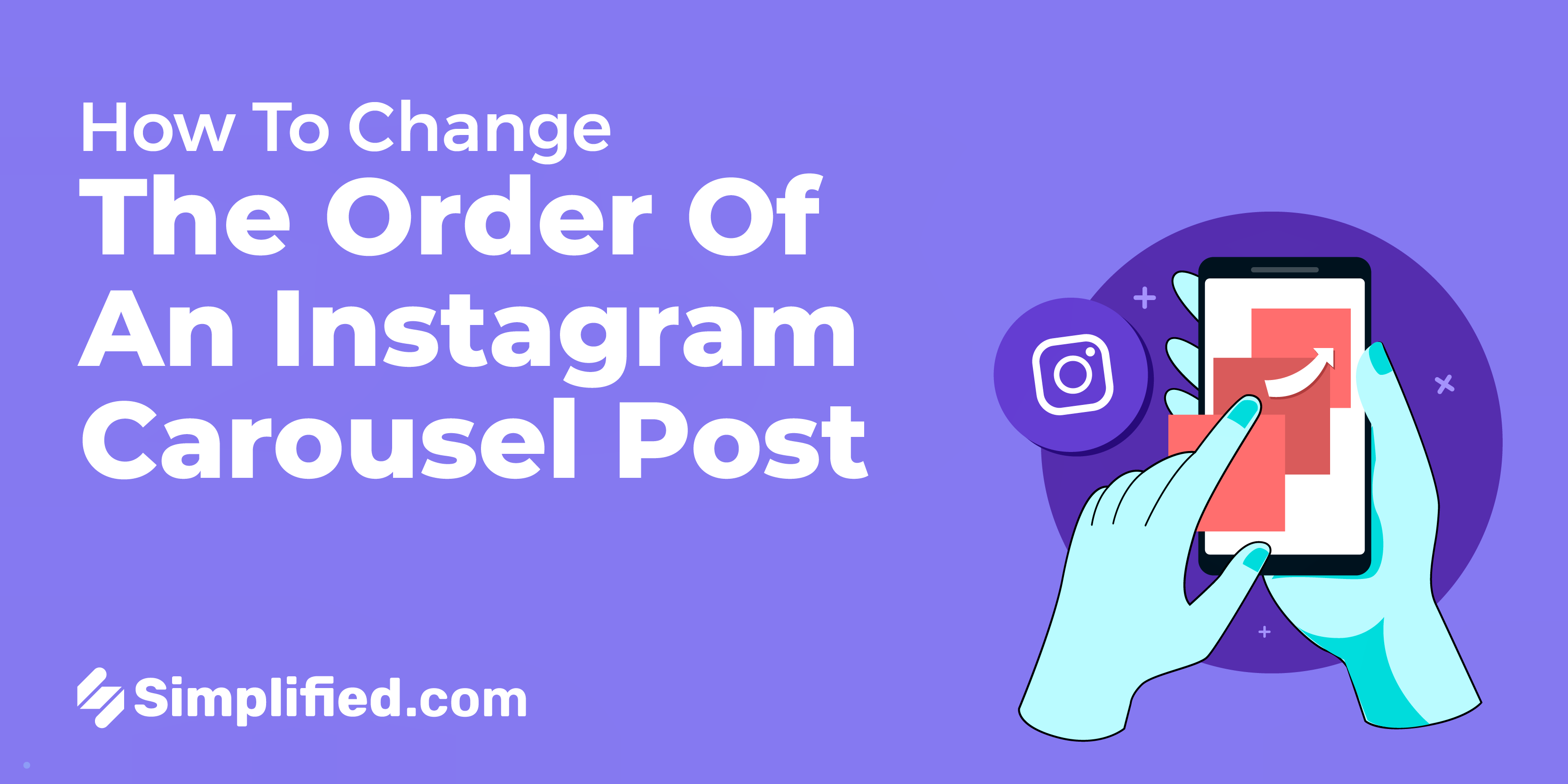In the dynamic realm of social media, understanding various terms is crucial for effective strategy development. One such term that often surfaces in discussions among social media managers, influencers, and marketers is "Vanity Metrics."
What are Vanity Metrics?
Vanity Metrics refer to the superficial data on social media platforms that might look impressive at first glance but do not contribute significantly to business objectives. These metrics include likes, shares, followers, and other engagement numbers that, while providing a sense of popularity, may not translate into meaningful outcomes.
The term "Vanity Metrics" gained prominence as social media analytics evolved. With the increasing focus on engagement, businesses started tracking various metrics to measure their online presence. However, it became evident that not all metrics held equal importance in assessing success or driving valuable results.
Key Vanity Metrics
1. Likes and Followers: While these numbers showcase popularity, they may not indicate genuine interest or conversions.
2. Shares and Retweets: Widely shared content might seem impactful, but the actual value depends on the audience and their relevance to your brand.
3. Comments: Though engaging, comments alone may not reflect the true impact on business objectives.
Why Vanity Metrics Can be Deceptive?
Vanity Metrics can be deceptive because they create a facade of success without aligning with the core goals of a social media strategy. A high number of likes may not correlate with increased sales or brand loyalty. Relying solely on Vanity Metrics can lead to misguided efforts and inefficient allocation of resources.
Striking the Right Balance
While Vanity Metrics offer a quick overview of social media performance, it's crucial to balance them with more meaningful metrics. Metrics like conversion rates, click-through rates, and customer acquisition cost provide a clearer picture of the actual impact on business objectives.
Conclusion:
Understanding Vanity Metrics is essential for anyone navigating the complexities of social media analytics. While these metrics offer a snapshot of popularity, true success lies in balancing them with metrics that directly contribute to business growth and objectives.
.webp)













